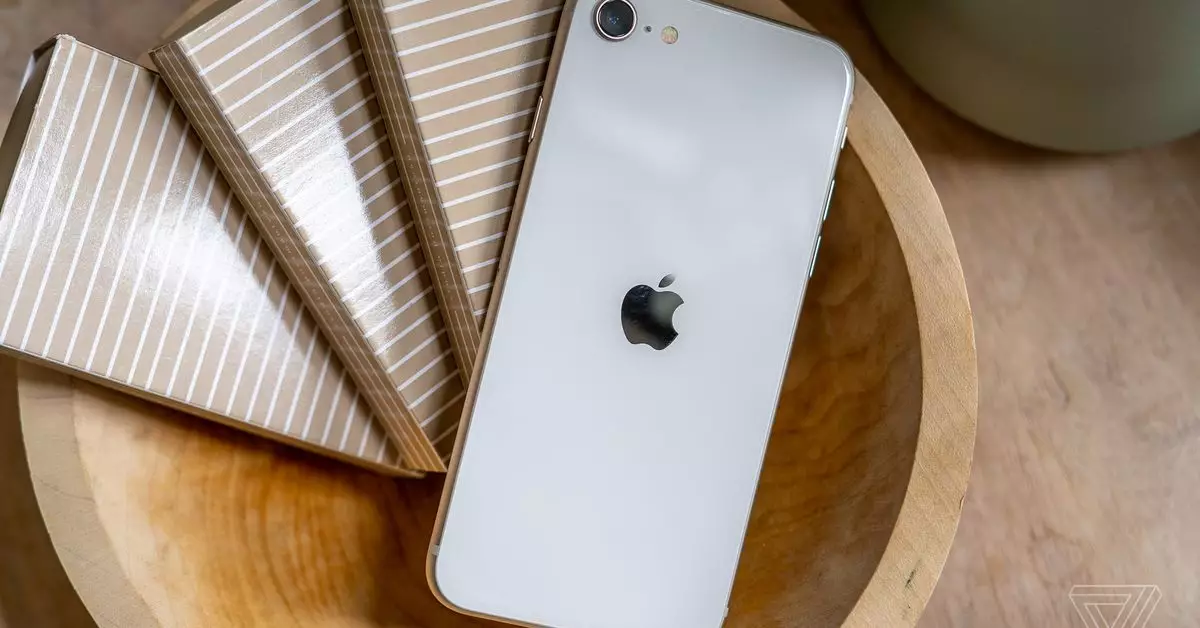Apple Inc. is poised to transform the telecommunications landscape with its ambitious plans to develop its own 5G modem, a move that could redefine its role in the tech industry. According to insights from industry analyst Mark Gurman of Bloomberg, Apple’s internal efforts to create a modem indicate a strategic shift away from reliance on Qualcomm, the longstanding leader in mobile modem technology. Apple’s quest for in-house development has been driven by both desire for autonomy and the need for enhanced performance, aiming to integrate this technology seamlessly into its range of devices.
Despite Apple’s notable acquisition of Intel’s modem division in 2019, the journey to developing a world-class modem has not been without hurdles. Reports suggest that Apple’s initial attempts have been marred by various technical difficulties and setbacks. This complex undertaking reveals not just the challenges of innovation but also the competitive pressure in the tech field where manufacturers are increasingly looking to advance their offerings. The expectation is that the first iteration of Apple’s modem might debut in the new iPhone SE and then be gradually integrated into future iPhone models and entry-level iPads. However, the technical specifications reveal that this initial product may not fully rival Qualcomm’s capabilities.
Looking ahead, Apple has laid out a roadmap that includes a second-generation modem with support for sophisticated mmWave technology. This modem is projected to launch with the iPhone 18 series around 2026. Such advancements promise enhanced bandwidth and data speeds that modern consumers increasingly demand. Furthermore, Bloomberg has speculated about Apple’s “Prometheus” modem, which aims to incorporate AI functionalities and connectivity for next-generation satellite communications by 2027. This multifaceted approach reinforces Apple’s commitment to innovation in mobile technology.
While Apple’s ambitions hold great promise for future technological enhancements, analysts caution that the effectiveness of these plans hinges on practical implementations. Early iterations of Apple’s modem will likely face limitations, particularly concerning speed capabilities and advanced features. For example, the absence of mmWave support in the first modem could restrict users in certain urban areas from enjoying the fastest network speeds available today. Additionally, while the modem will introduce dual SIM standby functionality, enhancing user choice, its overall performance may not measure up to Qualcomm’s existing offerings, which can handle more advanced configurations like six-carrier aggregation.
As Apple embarks on this ambitious endeavor to manufacture its own 5G modems, the company faces a critical balancing act between innovation and market competition. The success of Apple’s modem strategy will not solely depend on the technology itself but also on how effectively the company addresses real-world performance and user needs. The next few years will be pivotal as Apple continues to refine its approach, aiming to position itself not just as a smartphone maker, but as a formidable player in the telecommunications arena.

